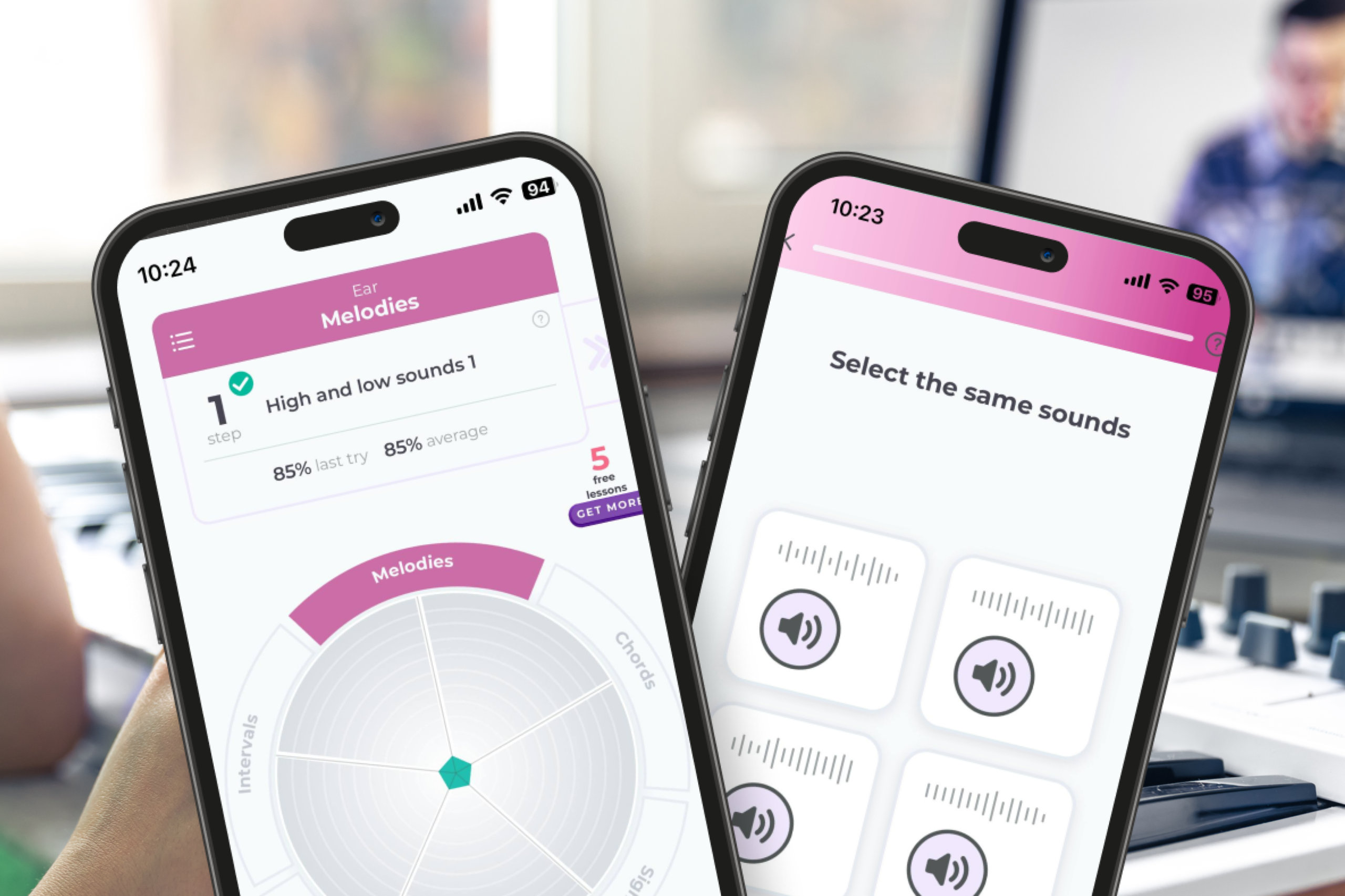Welcome, intrepid explorers of the binary realm, to a world where “enhancing software quality” is not just a goal but an exhilarating quest, one filled with the exhilarating pulse of code and the tantalizing static of systems on the brink of brilliance! Clad in your goggles of logical clarity and armed with keyboards that might just be more valuable than the finest alchemist’s gold, we embark on this odyssey—a journey through lines of code, over flooded plains of reviews, and into the heart of unit testing and static analysis.
Finally, within the swirling fog of this digital landscape, we find static analysis once more, a noble knight brandishing powerful tools that shield us from the dark forces lurking in the shadows of our code. It speaks the language of our machinery, translating our keystrokes into assessments of quality, guiding us to uncover vulnerabilities and inefficiencies before our software ever sees the light of day! Oh, the wonders we shall explore together in the realm of data-driven decision-making and its impact on the arcane art of software development.
Thus, dear daring adventurers, as we meander through our forthcoming pages, we will dissect these enthralling practices with scientific precision, seeking not just to enhance software quality, but to transform our methodologies into shimmering beacons of excellence in this chaotic digital landscape.
The Alchemical Quest of Code: A Journey into Enhancing Software Quality

Ah, the elusive quest for enhancing software quality—an odyssey where we don our lab coats and wield keyboards like mad scientists in the depths of an enchanted laboratory! You see, our palatable potion for achieving impeccable software does not merely lie in the mundane realms of routine checks; oh no, it frolics in a playground replete with intriguing strategies that intertwine diagnostics and artistry, could we say, elegance! Pull up your metaphorical lab stool; we’re about to embark on a whimsical journey through the whimsical realms of software creation.
The Incantation of Continuous Integration
First, let us dive deep into the bubbling cauldron known as continuous integration (CI). Picture the exhilarating sensation of watching code conjured into existence before your very eyes; magic, perhaps? CI beckons developers to commit their code frequently, only to witness the symphony of automated builds and tests performing a harmonious ballet! Enhancing software quality, my dear comrades, operates at the intersection of collaboration and automation, allowing teams to delivering bite-sized morsels of progress rather than gargantuan snowballs of buggy despair.
In this riveting arena, the integration becomes a dance, whereby the code—utilizing powerful frameworks—saunters into the embrace of a test environment before you’ve even had your second cup of elixir… I mean coffee! This #BlissfulSymphony can lead to a more robust, functioning piece of software delivering greater user satisfaction, and perhaps even eternally silencing the howling monsters of despair known as “bugs” and “glitches”.
Embrace the practice of engaging pair programming, a noble knight in our innovative armory; two developers working side by side, engaging in a cerebral duel, sharing ideas, and captivating the stark realities of the code. When two minds unite in tandem, their brilliance should ignite sparks of creativity and productivity! Enhancing software quality through shared wisdom and diverse perspectives leads to not only the generation of innovative solutions but also aids in avoiding the dreariness of isolation—a killer in the realms of advancement!
The Enchantment of Linting and Analyzing
Now, let us glide seamlessly to the parables of linting and analysis, those magical artifacts that reveal the hidden treasures and lurking shadows within our code! Just as seasoned sailors consult ancient maps, so too must developers wield static analysis tools like linters, to carve an unblemished path through the stormy seas of complicated syntax! With the prowess of the finest crystal ball, these tools unearth a cornucopia of issues before they manifest into dastardly, larger conundrums.
Linting bestows upon us the art of maintaining a consistent coding style—be it the spacing, indentation, or fantastical naming conventions (may the naming gods forever please us!). A well-linted codebase is akin to a pristinely manicured garden; the aesthetic appeal matches its performance potential. By promoting uniformity, we create a backdrop where all developers can frolic, navigate, and collaborate with delightful ease! Here, enhancing software quality becomes more delightful than a carnival of joyous coders peddling splendid solutions!
And possessing the audacity to question everything is a hallmark of true analysis! Dive into code like a platypus against the tide—ask why it functions the way it does, musing at the architecture like a philosopher pondering unanswerable questions. In these moments of reflection, potential bottlenecks and vulnerabilities reveal themselves! It is through this enchanting scrutiny that the revelation of enhancing software quality crystallizes into a see-through crystal chandelier.
The Magical Dance of Typing
Let us not forget the profound art of typing, a dance as charming and intricate as any waltz in a palace ball! The rhythm of keystrokes, the blissful clack-clack of fingers nimbly traversing the keyboard, conjures clarity and precision. Type… type… type away, dear reader, let the coding visions flow like dazzling fireworks illuminating the night sky!
As you engage in this art, considering employing a modern programming language that revels in the sanctity of type safety—such as TypeScript, for its wondrous ability to thwart many errors in their infancy! Why allow those small disasters to bloom into catastrophic events when you can wield the sword of static typing, preventing calamities before they ever unfold? With every typed declaration, you build a fortress, enhancing software quality as you craft the very essence of your creation into existence!
With this understanding, every line of code becomes an incantation, carefully penned phrases summoning forth functional brilliance and elegant solutions. By communicating intentions through well-defined types, we cultivate a language so robust that even the most ambitious interfaces dare not falter.
Summative Reflections on Elevating Software Standards
As we meander through the verdant pathways of the digital realm, where lines of code weave a tapestry of functionality, we arrive at the crux of our odyssey—enhancing software quality has emerged not merely as a mere ambition but as an indispensable imperative for developers across the spectrum of programming disciplines. Reflecting upon the dynamic interplay of practices, we unearth a trove of methodologies that, when coalesced, manifest as the bedrock of robust software development.
The Lingering Impact of Best Practices

In the grand theater known as software development, the performance of an application echoes long after the final line of code is executed. Indeed, the nuances of performance optimization, which are by no means trivial, burgeon under the auspices of a structured approach to software crafting. Here, we find that meticulous profiling emerges as a safeguarding sentinel, enabling developers to illuminate inefficiencies that otherwise lurk in the shadows of execution. The application of profiling techniques, encompassing profiling tools and methodologies, allows us to dissect the intricate dance of processes, revealing bottlenecks that impede the fluidity we so cherish in user experience.
Moreover, logging, often relegated to the background, serves not merely as an afterthought but as a vital cog in the machinery of enhancing software quality. The act of logging transcends mere record-keeping; it is the chronicle of an application’s journey, capturing both triumphs and tribulations in a digital diary that can resonate with developers, providing them insights into error occurrences and operational anomalies. In harnessing the power of strategic logging practices, developers can unveil patterns and predictive indicators of potential pitfalls, enabling preemptive actions that bolster overall application integrity.
Elevating Error Management through Vigilance
At the kaleidoscopic core of enhancing software quality lies an unwavering focus on error management. Errors, from the innocuous bugs that evade detection to the catastrophic failures that result in downtime, dictate the user’s experience—a factor we cannot afford to overlook. Engaging in a culture of vigilant error tracking and resolution stands as a testament to a developer’s commitment to excellence. Embracing comprehensive error-handling strategies delineates the spectrum of contingencies developers must navigate, allowing for the cultivation of resilience within software systems.
Astutely analyzing errors not only remedies the immediate dilemmas but also unveils a broader opportunity for iterative development—the iterative cycle, with its feedback loops, guides us toward sustainable improvement. Consequently, as part of our mission to elevate our craft, we must remain steadfast in our commitment to post-mortems and retrospective analyses, employing a set of investigatory tools to understand the what, why, and how of each obstacle encountered. It is through Typing robust methodologies into these reflections that we glean actionable insights, transforming setbacks into stepping stones for future endeavors.
Reflecting on our practices invites an exploration of external influences as well—often, the surrounding ecosystem of frameworks, languages, and paradigms warrants our attention. Queries arise: Are we leveraging the latest advancements in technology to bolster our endeavors? Are we agile enough to pivot in response to evolving market demands? The tension between maintaining legacy systems and embracing cutting-edge innovations can prove challenging, yet therein lies the essence of enhancing software quality.
In navigating these complexities, collaboration shines as an invaluable asset. Agile practices prompt us to foster synergy among all members of the development team, cultivating a spirit of co-creation that transcends individual contributions. It is in this amalgamation of perspectives that we discover not merely solutions but the fuel for innovation—a bastion against stagnation. Let us cultivate an arena where dissenting ideas are cherished, where experimentation is not shunned but embraced with open arms, for this is the crucible within which superior methodologies are forged.
The Imperative of Continuous Improvement
But let us not treat enhancing software quality as a destination achieved and concluded; rather, let us regard it as a perennial journey, laden with opportunities for continuous improvement. The confluence of practice and reflection burgeons into a cycle of empowerment, enabling developers to adapt, recalibrate, and ultimately transcend the limitations imposed by both our tools and ourselves. Each bug reported beckons us toward refinement; every user feedback illuminates areas for enhancement; thus, we arrive at a reciprocal relationship between creation and critique.
The strands of our conclusion intertwine, revealing that enhancing software quality necessitates commitment—not a brief dalliance but enduring dedication. It demands our attention to details, our passion for performance, our proficiency in profiling, and our prowess in logging. The craft is rigorous, yet rewarding; it is a synthesis of discipline and creativity, a realm wherein each line of code contributes to an overarching narrative.


